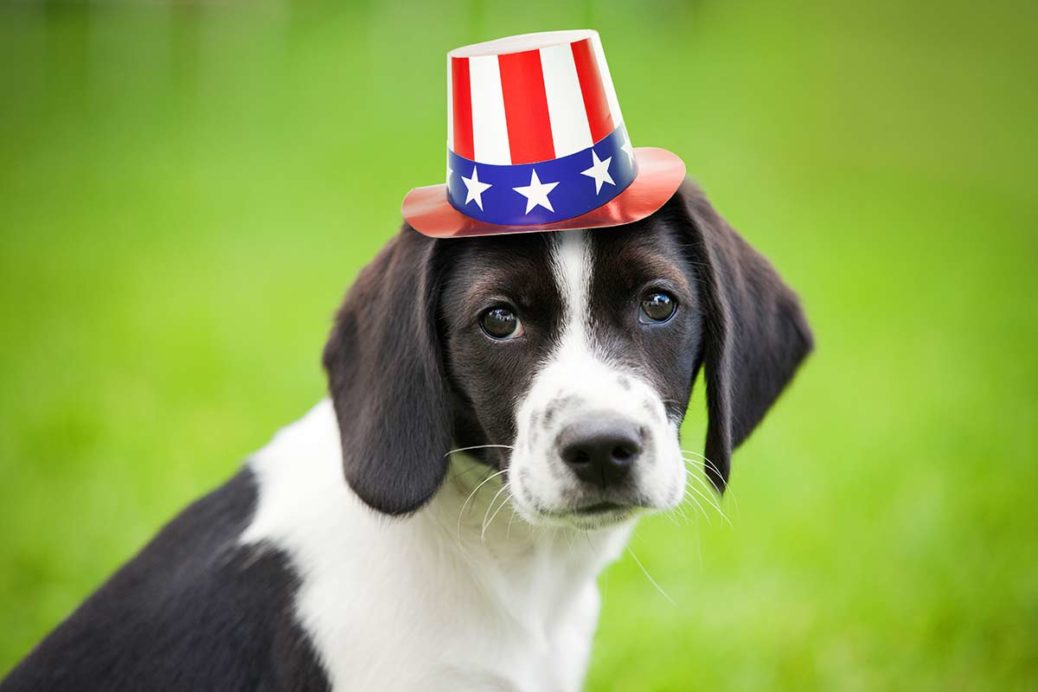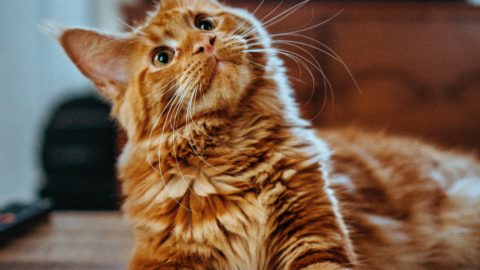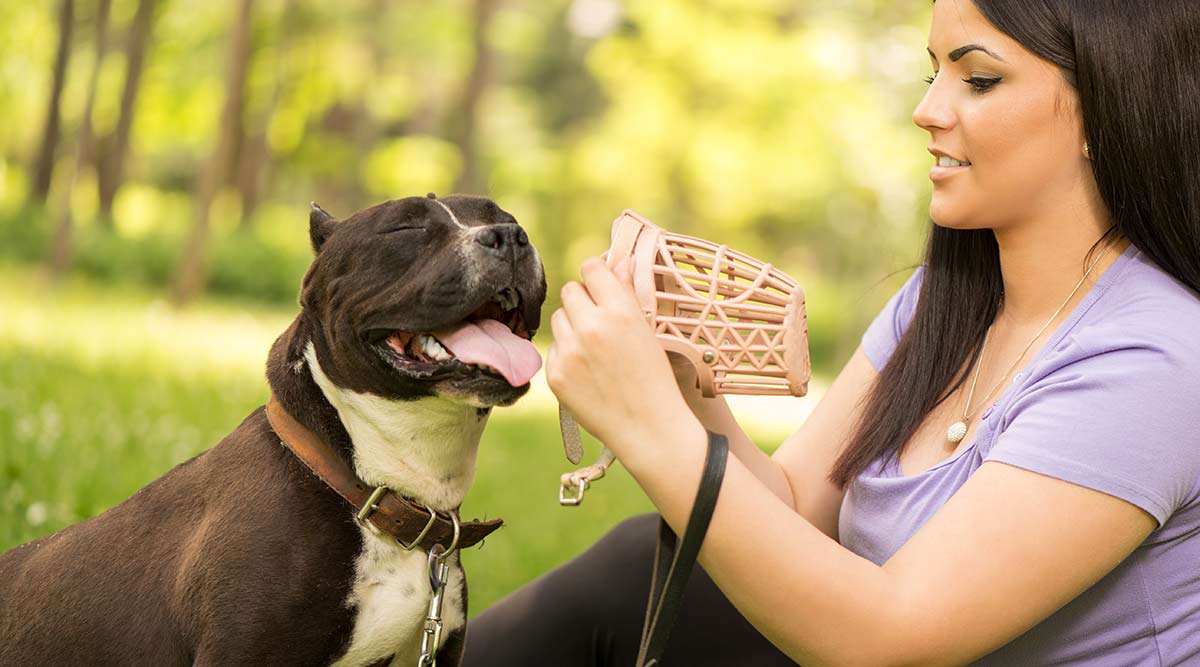As 4th of July approaches, Dr. Megan Maxwell, CAAB, discusses some strategies for dealing with many dogs’ least favorite holiday.
“Crash! Whistle! Boom!” Every year on July 4th, people across the country gather to observe magnificent fireworks displays. They dazzle and excite us, causing our heart to race and our chest to pound as each boom echoes across the valley. Lucky for us, we understand that we are safe, that these displays are for our entertainment, and that their explosive power is being contained and managed.
Unfortunately, our canine companions don’t have this comforting information available to them. To many dogs, fireworks and other loud noises such as thunder are terribly frightening events. With the first distant bang or faint roll of thunder, many dogs begin to quiver, drool, pant, or whine. They may begin searching frantically for a hiding spot in a closet corner or under a bed. In extreme cases, dogs will dig through floorboards, jump from windows, and break toenails or teeth trying to break out of crates or other enclosures.
Noise phobias in dogs have some biological basis to the extent that loud, sudden noises are startling to many critters across the animal kingdom. Loud noises in nature can signal danger, such as an approaching predator. What may begin in a young dog as a mild startle response or nervous behavior can develop into full-blown distress and phobic responding over time. Noises such as thunder, fireworks, and gun shots are unpredictable to a dog, and this can create ever-escalating levels of fear, just as the inevitable but unpredictable monster jumping out in a horror movie can cause us to become increasingly anxious as we watch.
Treating noise phobias in dogs often requires the assistance of a Certified Applied Animal Behaviorist or veterinary behaviorist. In cases like this, a program of systematic desensitization and counterconditioning will be arranged for your dog. Systematic desensitization is a treatment procedure used with humans and nonhumans to treat phobias. A fear hierarchy is first developed, in which all your dog’s triggers for fear are listed in order of increasing fear provocation. For example, noise-phobic dogs may be sensitive not only to fireworks but also to household noises like popping toasters or clicking clocks. These may trigger lower levels of fear than fireworks, but would be included as the first steps of a fear hierarchy.
At each level of the fear hierarchy, the dog is presented with low levels of the triggering noise while calm behavior is rewarded with food, massage, or toy play. The dog is not presented with increasingly anxiety-provoking noises until she has been made calm at the previous stage of treatment. For example, once a noise-phobic dog has been desensitized to household noises, she might be presented with a fireworks CD playing at the lowest volume possible. The owner and CAAB work together to keep her relaxed and/or playful while the CD plays. Once she has achieved calm behavior for a period of time, the volume on the CD is gradually increased. Eventually, the noises are presented at full volume while the dog happily chases after a ball, eats bits of chicken, or rolls over for belly rubs.
Treatment for noise phobias typically requires a minimum of 6-8 weeks of treatment, and may require many months to achieve calm behavior at full noise intensity. The work required of owners is not insignificant, and regular conditioning exercises must be arranged. With this sort of commitment by pet owners, however, treatment often is successful. Although most dogs will never enjoy a 4th of July fireworks display quite like we humans do, we can work to ensure that they are happy to find a place to lay down with a bone and lick their way through Independence Day.






